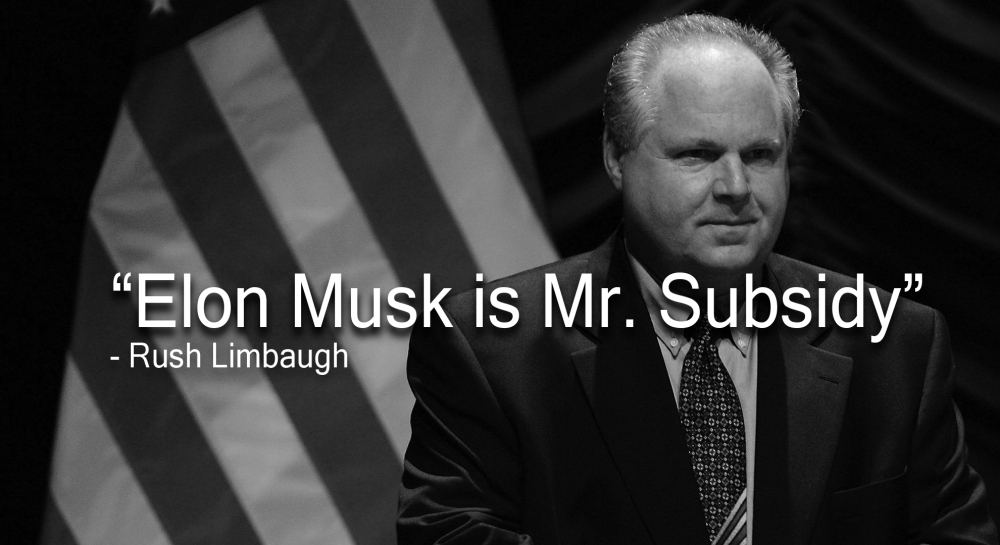Of course, skeptics say that SpaceX is trying to do too much, too fast. It’s a fair point in light of the recent accident at the Kennedy Space Center where an unmanned Falcon 9 blew up during routine pre-launch procedures. Others point out that this endeavor will cost anywhere from hundreds of billions to trillions of dollars. It’s far more than even Elon Musk, cofounder of Paypal and CEO of Tesla and Solar City, could possibly afford alone or raise collectively. These kinds of question have yet to be fully answered, although Musk does mention in the video that reusability and a strong public-private partnership will play a big role in dramatically lowering costs.
Other big questions are: where will the first assessment team land, how will they live, and what will they use for gas? Mars may look like the desert southwest in images returned by robotic explorers, with clear crisp lines of desert and dune against pink and blue skies, but it is not. The surface of Mars is instantly lethal to humans in a dozen different ways. The rarefied air is mostly carbon dioxide and nitrogen with no free oxygen at all. The surface is bombarded by radiation, even the soil is toxic by most standards, and these are just some of the hazards we know about.
Read more "SpaceX is set to take on the wild, wild waste"